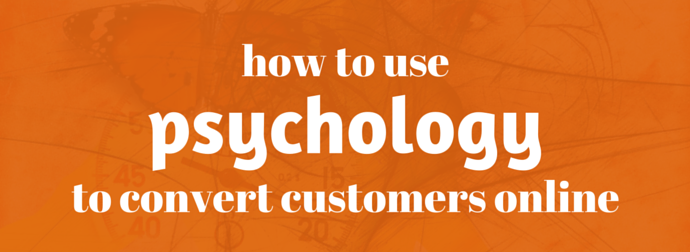-
 6 min. read
6 min. read
-
 Trevin Shirey
Trevin Shirey VP of Marketing
VP of Marketing
- Trevin serves as the VP of Marketing at WebFX. He has worked on over 450 marketing campaigns and has been building websites for over 25 years. His work has been featured by Search Engine Land, USA Today, Fast Company and Inc.
Capturing the attention of Internet users and guiding them through specific motions is essentially a science. It’s such a vital part of web design that it has evolved into its own niche practice over the past decade, dubbed conversion rate optimization. Businesses, services, news publications, and ecommerce stores alike are always testing to figure out which elements improve conversion rates.
Will simply changing the color of a “buy now” button from orange to purple give us a bump in leads? What about the type of persuasive language we’re using? There are a plethora of factors that play into CRO, and many digital marketing professionals have honed their skills within this field of conversion.
Today we’ll cover some of the best practices in converting customers online, as well as the psychology behind them.
Captivate, impress, and convert with new experiences
Innovation is one of the driving forces on the road to success for many businesses. Demonstrating innovation on their websites – so visitors understand the novelty – is a craft that effectively generates leads. This is in part due to the release of dopamine as visitors take in and learn a new experience.
The level of novelty can be extreme and fun as is the case with the hit product Poo-Pourri: 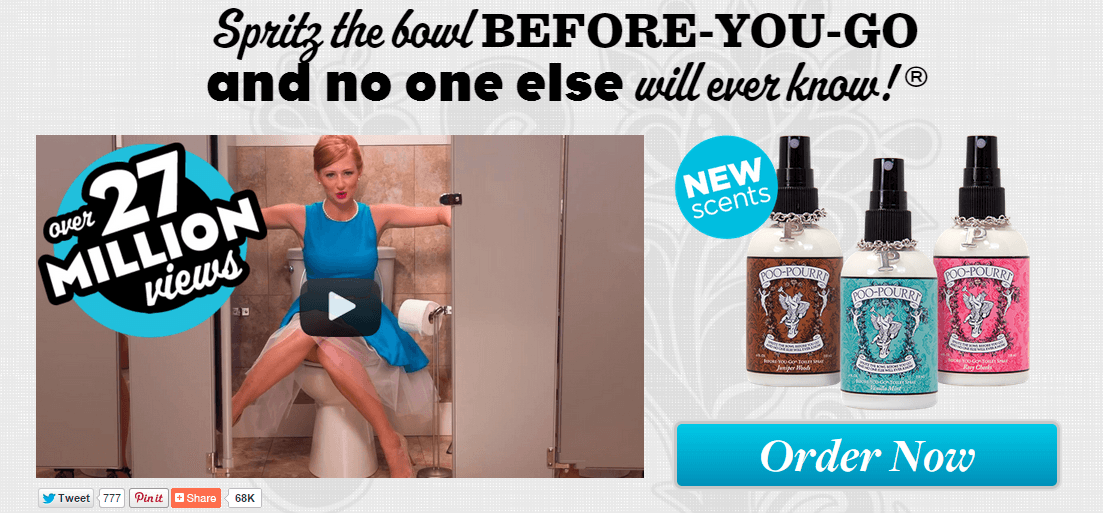 Or it can be much more subtle and sleek, as we often see in new Apple products:
Or it can be much more subtle and sleek, as we often see in new Apple products: 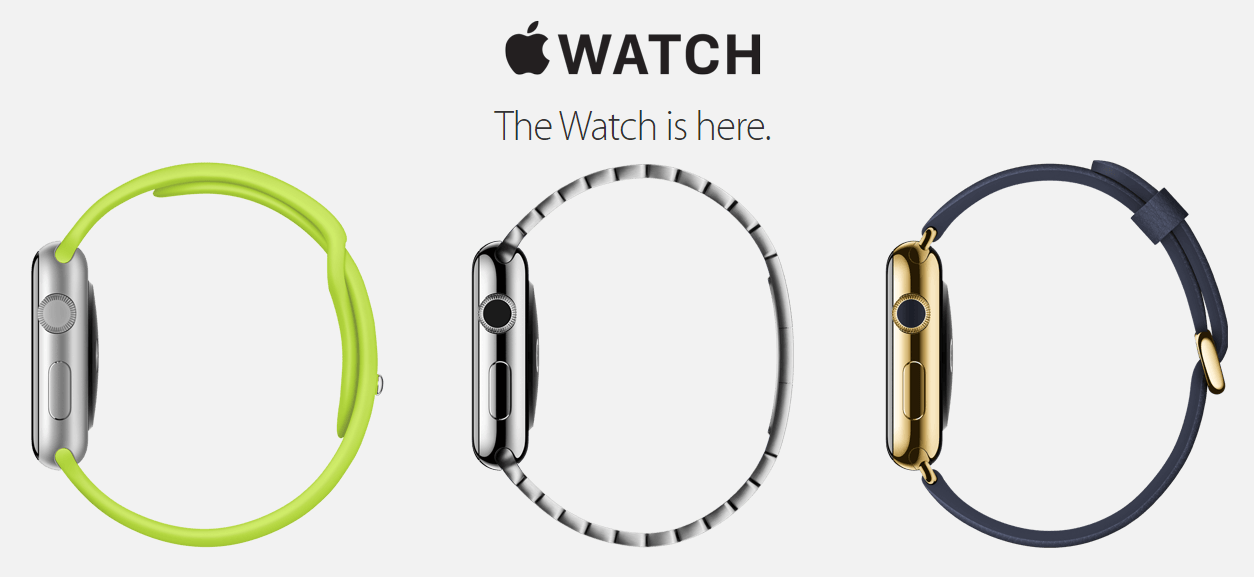 In both examples, visitors naturally become curious to dig through the media provided to learn more about the products. This experience of discovery increases their enjoyment, which can help convert them into leads. However, it’s easy to jumble up and confuse our explanations of new ideas.
In both examples, visitors naturally become curious to dig through the media provided to learn more about the products. This experience of discovery increases their enjoyment, which can help convert them into leads. However, it’s easy to jumble up and confuse our explanations of new ideas.
We might oversell innovation or use too much technical jargon. The benefits our products and services offer may not stir up the natural curiosity to learn more. After all, most of us aren’t selling magical bathroom-odor-eliminating spray.
Fortunately, there are additional methods to guide users to the checkout page.
Utilize classical conditioning in PPC ads and landing pages
The majority of advertisements are based on the idea of classical conditioning, which basically just means playing to the way the human brain forms emotional connections in order to produce a specific reaction. This is why many ads simply feature a happy person and a product, along with two or three words. The intention is that viewers’ brains will form connections between the product and happiness, or whatever other emotion is being portrayed. For example, Coca-Cola often expresses the idea that their product brings happiness: 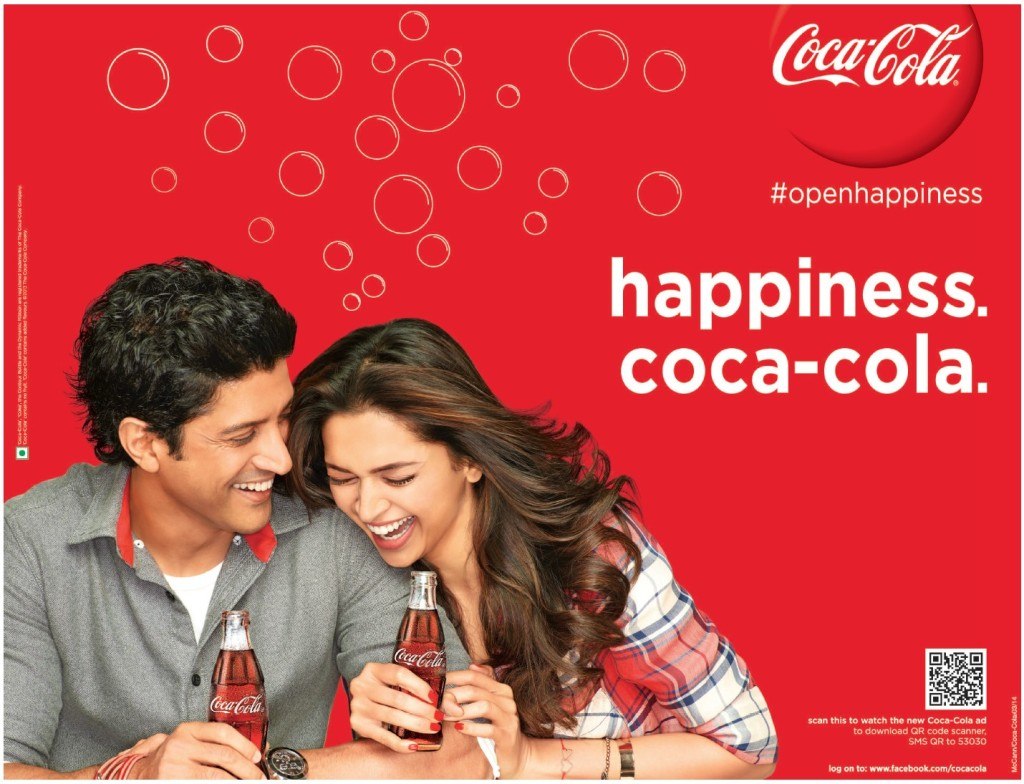 This is why so many ads feature smiling faces, people in suits shaking hands, happy customer service representatives, and the like.
This is why so many ads feature smiling faces, people in suits shaking hands, happy customer service representatives, and the like.
This method can quickly create associations in our brains, whether we selectively make them or not. While the idea of happiness is a popular and almost cliché route to go, there are deviants that are just as simple and direct that can have a large impact. Take, for example, this PPC ad from Lyft:  Instead of attempting to instill a single emotion, it sells a dream of sorts.
Instead of attempting to instill a single emotion, it sells a dream of sorts.
In just a few words, we see an actual wage we can make – and it’s very attractive. Anyone that wants to learn more or wants to immediately take advantage of this opportunity turns into a click-through.
Defeat buyer doubt with social proof
Another commonly used conversion tactic online is to fight the pre-purchase doubt many online consumers have with social proof. Have you ever been on the fence about buying a product and immediately start reading through piles of reviews? Businesses understand digital shoppers are super information-hungry and will meticulously comb the Internet for answers.
A few bad reviews could easily cripple sales. This is why providing social proof right off the bat – often on a landing page – is a great way to bypass or suppress the instinct to go through dozens of reviews. If you provide confirmation on your own site, they won’t need to go elsewhere. Here’s an example of social proof designed in an effective homepage: 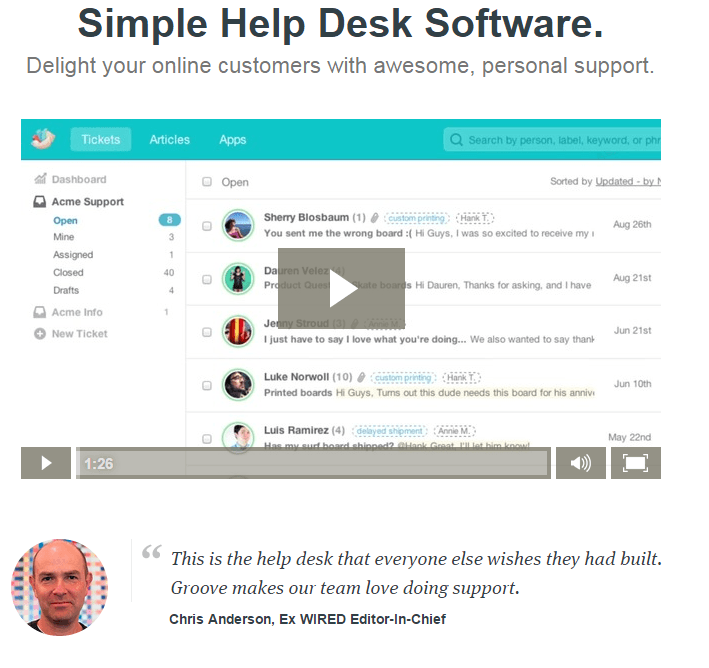 They give a clear description of the product, followed by a video showcasing the product, and finally a string of social proof from the Ex WIRED Editor-In-Chief.
They give a clear description of the product, followed by a video showcasing the product, and finally a string of social proof from the Ex WIRED Editor-In-Chief.
By providing a description, benefits, and proof of the services all on one screen, chances are high that their visitors will need outside proof.
Leverage “golden handcuffs” and a sense of urgency
Also known as “super incentives,” the golden handcuff method is a persuasion tactic that simply gives visitors really attractive incentives to make a purchase. Combine that with a sense of urgency, and you could have a high-converting landing page. Golden handcuffs look a little something like this:  Visitors see two price cuts and bonuses – incentives that could be pretty enticing.
Visitors see two price cuts and bonuses – incentives that could be pretty enticing.
Urgency can be mixed in with elements such as timers and callouts. For example:  When visitors see “7 hours left or until sold out” right above the conversion button, they feel like they need to make a decision (and a purchase) quickly. However, this method’s effectiveness depends on your products.
When visitors see “7 hours left or until sold out” right above the conversion button, they feel like they need to make a decision (and a purchase) quickly. However, this method’s effectiveness depends on your products.
It works best with lower-priced items that tend to be impulse buys anyway, but not nearly as well as services that cost thousands of dollars and require a contract or commitment. Collectively, the methods and tactics I’ve covered can all play a role in converting shoppers. However, if you do decide to implement any of them, it’s always best to start off with some testing.
Take some time to set up A/B tests, monitor your results, and only use the methods that your site visitors respond well to. Do you plan to try any of these tactics? Do you use other psychology-based methods on your site?
Let me know in the comments below!
-
 Trevin serves as the VP of Marketing at WebFX. He has worked on over 450 marketing campaigns and has been building websites for over 25 years. His work has been featured by Search Engine Land, USA Today, Fast Company and Inc.
Trevin serves as the VP of Marketing at WebFX. He has worked on over 450 marketing campaigns and has been building websites for over 25 years. His work has been featured by Search Engine Land, USA Today, Fast Company and Inc. -

WebFX is a full-service marketing agency with 1,100+ client reviews and a 4.9-star rating on Clutch! Find out how our expert team and revenue-accelerating tech can drive results for you! Learn more
Try our free Marketing Calculator
Craft a tailored online marketing strategy! Utilize our free Internet marketing calculator for a custom plan based on your location, reach, timeframe, and budget.
Plan Your Marketing Budget

Looking for More?
Get expert ideas, industry updates, case studies, and more straight to your inbox to help you level up and get ahead.
"*" indicates required fields
Try our free Marketing Calculator
Craft a tailored online marketing strategy! Utilize our free Internet marketing calculator for a custom plan based on your location, reach, timeframe, and budget.
Plan Your Marketing Budget

